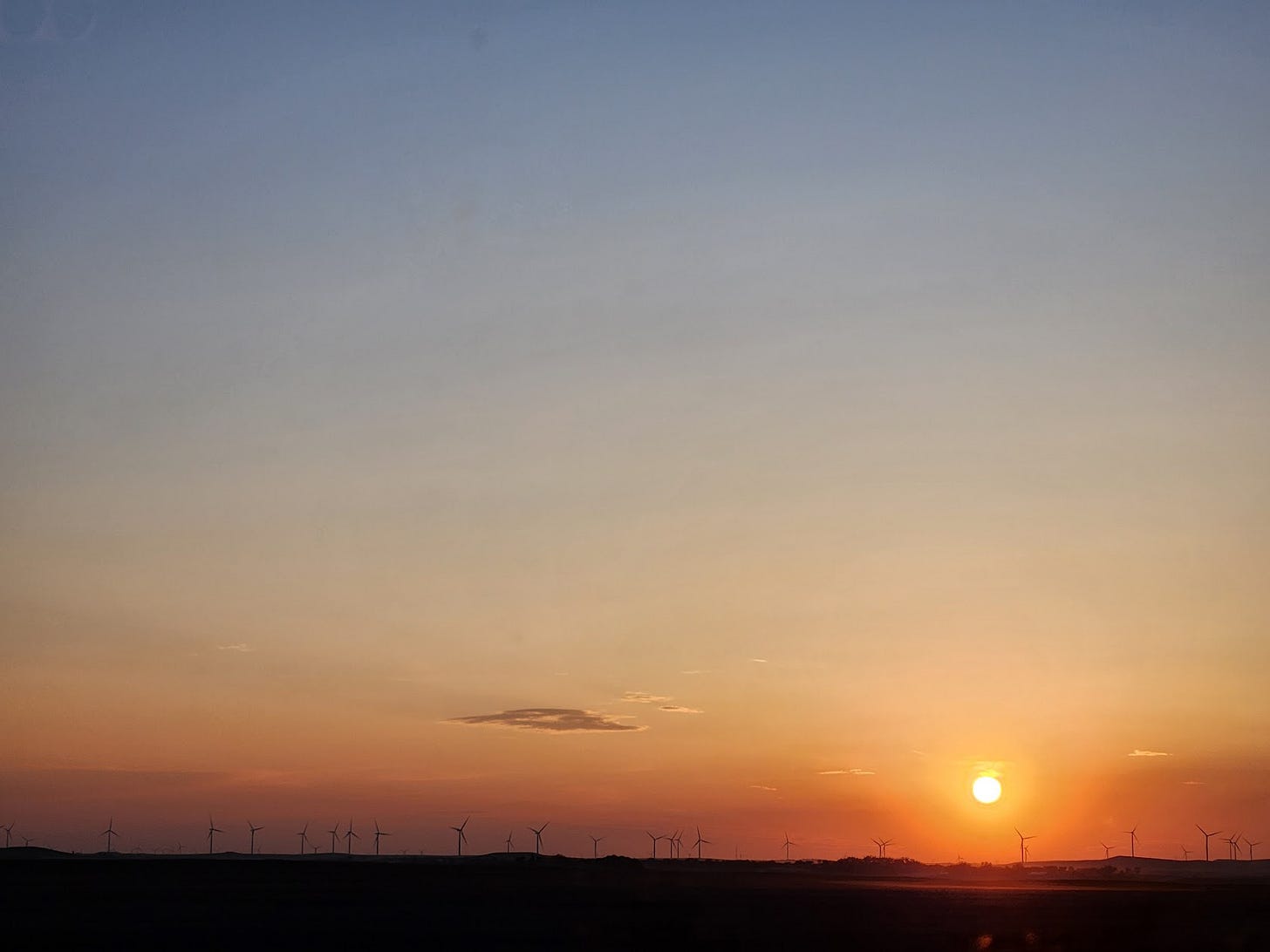Don't forget your road map.
You're headed to a destination, whether you realize it or not.
“Do we have our current road atlas?” I asked as a friend and I set about packing up the truck for a week on the road.
Sure, I have a phone.
Sure, it has Google Maps.
Sure, it’ll keep us on the fastest route avoiding closures and tolls.
Sure, we’ll use it at times.
But I neither trust the phone to work in…


